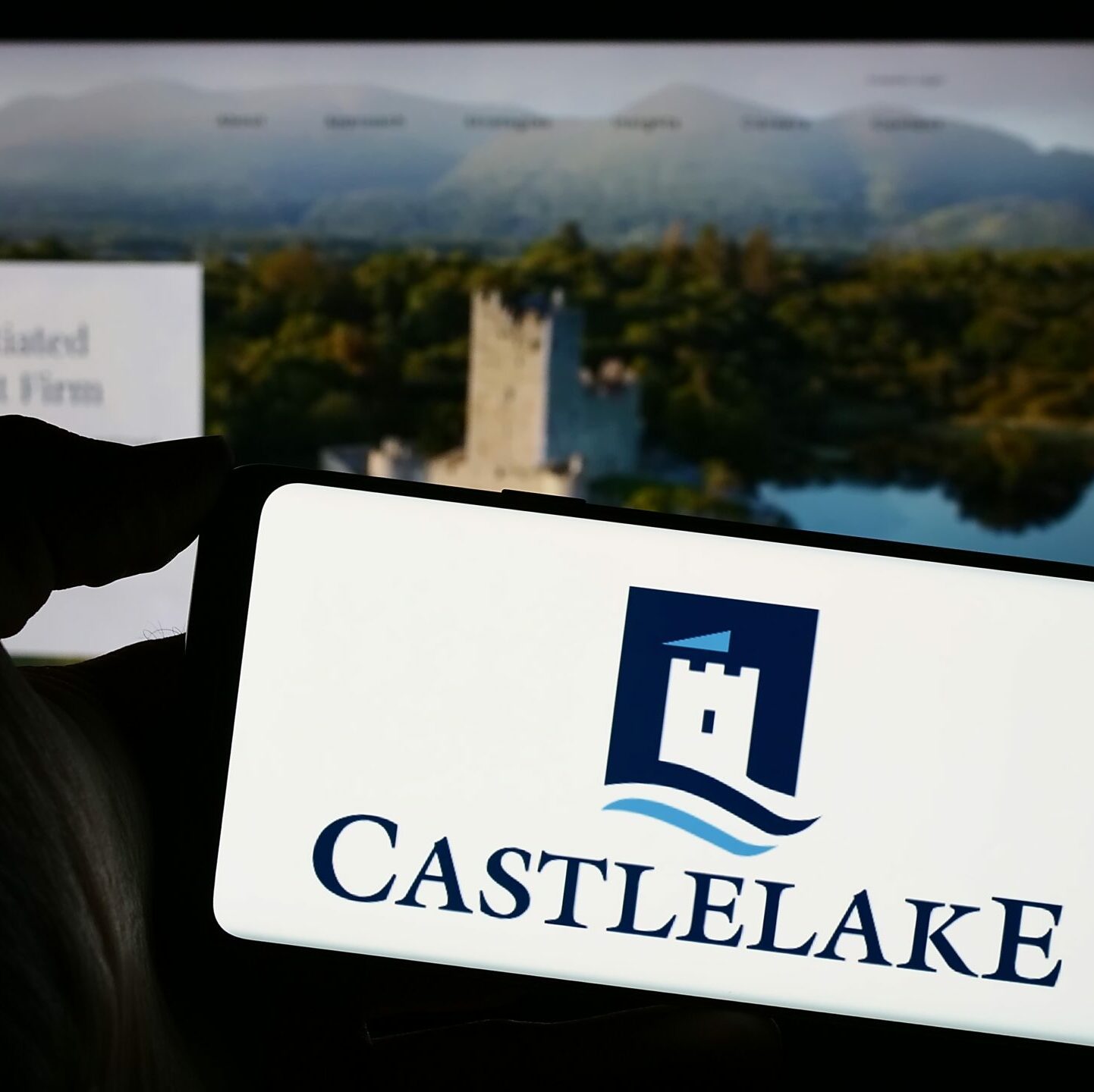ESG executives’ scope of responsibilities is expanding exponentially as regulatory and investor demands continue to rise. Critical to their success is leadership buy-in and building a keen understanding of which ESG metrics are relevant to their particular strategy. Beth Meyer, Chief Legal Officer at Novata, provides practical guidance on how best to tackle the evolving ESG landscape.
PARTNER CONTENT
ESG executives’ scope of responsibilities is expanding exponentially as regulatory and investor demands continue to rise. Critical to their success is leadership buy-in and building a keen understanding of which ESG metrics are relevant to their particular strategy. Beth Meyer, Chief Legal Officer at Novata, provides practical guidance on how best to tackle the evolving ESG landscape.
What pressing challenges and opportunities are private equity firms facing around ESG data collection and reporting?
The challenges and opportunities depend on where firms are on their ESG journey. For many private equity firms, the biggest challenge is not knowing where to start. They may be facing ESG pressure from prospective and existing limited partners and scrambling to figure out how best to respond to diligence questions. If they don’t have an ESG team or processes already in place or understand what ESG metrics to collect for a specific portfolio, that can be a real challenge when facing time-pressured asks from investors. But, it can also be an opportunity. At Novata, we work with our clients to help them identify a clear starting point for collecting the data that is relevant to their ESG priorities. If you don’t know where to start, talk with relevant stakeholders, including LPs, about what’s material and begin building your roadmap. Listening to their concerns can pay dividends and create a really key opportunity to pull out the right metrics for your portfolio.
How can private equity firms empower ESG teams and ensure they receive buy-in across the organization?
Being part of an ESG team is an inherently cross-collaborative role. ESG executives don’t just live in the ESG department. They have to work with HR, investment relations, finance, legal, and portfolio management. ESG leaders are put in a difficult position if they’re not given the authority, and even more so, the impression of authority from the people in power at the firm. It’s on the firm to set them up for success by giving them sufficient seniority and reach to have their hands on different functions and make changes.
If someone is positioned as an internal leader of ESG, the responsibility to train and educate others on ESG falls to that individual. ESG leaders tend to know this space in and out, but often there is a gap in assuming others know it too. Without internal training on what ESG metrics are and the value-add that tracking them can bring for the firm and individual groups, it will be hard to make effective change. Providing this sort of education for a fund’s portfolio will also help when it’s time to collect data, as measuring ESG factors will be seen as part of the grander mission, not a checklist item.
How do you anticipate the role and responsibilities of ESG leaders changing in the coming years?
The scope of responsibilities for ESG leaders is expanding greatly. Funds headquartered in or operating in the EU are facing a lot of regulatory pressure. These regulations are complex and often require classification, which alone could be a full-time job. Attention to detail and the ability to understand portfolio and investment practices will be crucial and will allow ESG leaders to apply these regulations to their practices accurately and swiftly. To that end, upskilling internal talent is a really good plan. If a firm has someone that already knows how the fund invests and what the priorities are, having them take on that role can be incredibly effective. In some cases, bringing on someone who knows ESG significantly better than anyone internally may be the right route. With that said, the ESG industry is continuously growing, and there is a lot of opportunity to learn with the right time or dedication, which adds to the case of finding talent internally.
It is worth noting the importance of having a person or team dedicated to ESG measurement and integration at your firm. Often, implementing an ESG program is an add-on job assigned to someone with an existing role. That can work fine for a limited period, but it’s a big role that is only getting larger. Expecting someone to do that well in addition to an already full-time job can create setbacks in the long run because you won’t get the traction you need and want.
How can firms navigate emerging ESG risks and opportunities?
Flexibility in terms of what your ESG strategy includes is critical, as is staying up to date on ESG trends and regulations because they are constantly changing. Joining groups to connect with peers and learn how they address key issues and what risks they are seeing is important. For instance, we’re seeing increased requirements for topics such as carbon reporting and biodiversity, which companies need to pay attention to. However, it’s impossible for an ESG program to cover everything at once, so firms should be willing to focus on one area more than others. Understanding what’s material to the portfolio and in the fund’s stated mission will help sift through the noise.
ESG data collection is highly valuable and necessary. Firms that made external commitments, such as becoming UNPRI signatories, will need to meet certain reporting obligations for which data collection is critical.
Using a technology solution like the Novata platform can help streamline the ESG data collection and analysis process. The data provides insights into where the portfolio needs more support. Importantly, data collection creates a line of communication on ESG factors with portfolio companies, which then opens the door for them to ask questions and identify areas they are interested in or concerned about. Constant communication with the portfolio and investment peers is going to be very helpful, and will benefit them in the long run if they are aware of and measuring ESG factors sooner rather than later.







